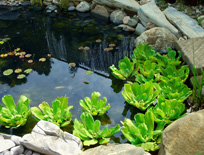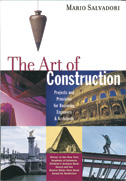ARTICLES
Advance Search
Aquatic Health
Aquatic Health, Fitness & Safety
Around the Internet
Aquatic Culture
Aquatic Technology
Artful Endeavors
Celebrity Corner
Life Aquatic
Must-See Watershapes
People with Cameras
Watershapes in the Headlines
Art/Architectural History
Book & Media Reviews
Commentaries, Interviews & Profiles
Concrete Science
Environment
Fountains
Geotechnical
Join the Dialogue
Landscape, Plants, Hardscape & Decks
Lighter Side
Ripples
Test Your Knowledge
The Aquatic Quiz
Other Waterfeatures (from birdbaths to lakes)
Outdoor Living, Fire Features, Amenities & Lighting
Plants
Ponds, Streams & Waterfalls
Pools & Spas
Professional Watershaping
Structures (Editor's Notes)
Travelogues & History
Water Chemistry
WaterShapes TV
WaterShapes World Blog
Web Links
Around the Internet
Aquatic Culture
Aquatic Technology
Artful Endeavors
Celebrity Corner
Life Aquatic
Must-See Watershapes
People with Cameras
Watershapes in the Headlines
WaterShapes started 12 years ago as the result of a lengthy round of discussions between Eric Herman and me — an exchange of ideas that has
Where and when was the first modern indoor waterpark built?
Compiled and Written by Lenny GiteckArnold Schwarenegger’s Affinity for Soviet Busts Why did Republican Arnold Schwarzenegger adorn the deck around his swimming pool with statues of
As I peruse my expert-witness files to develop these "Lessons Learned" items, sometimes I run across situations so remarkably silly that I'm reminded why they originally made me scratch my head and marvel at the
Most watershapers know that the work we do requires knowledge across a wide range of disciplines -- a cluster of skills that includes, among others, geology, materials science, structural engineering, construction techniques, hydraulics, architecture, art history, color
In addition to the aforementioned benefits from harvesting rainwater, Aquascape points out the following:“According to the EPA, storm water runoff is one of the main reasons
Can you name that Tarzan?
Compiled and Written by Lenny Giteck Yankees’ A-Rod Strikes Out With Tenants Irate Over Pool Florida housing officials have ordered New York Yankees slugger Alex Rodriguez — more commonly known as A-Rod — to better maintain the swimming pool at
It only makes sense that designers should promote themselves in ways that reflect their abilities.When we look at the materials many watershapers use to market their services, however, it's obvious that everything from




















A Letter to the First Lady